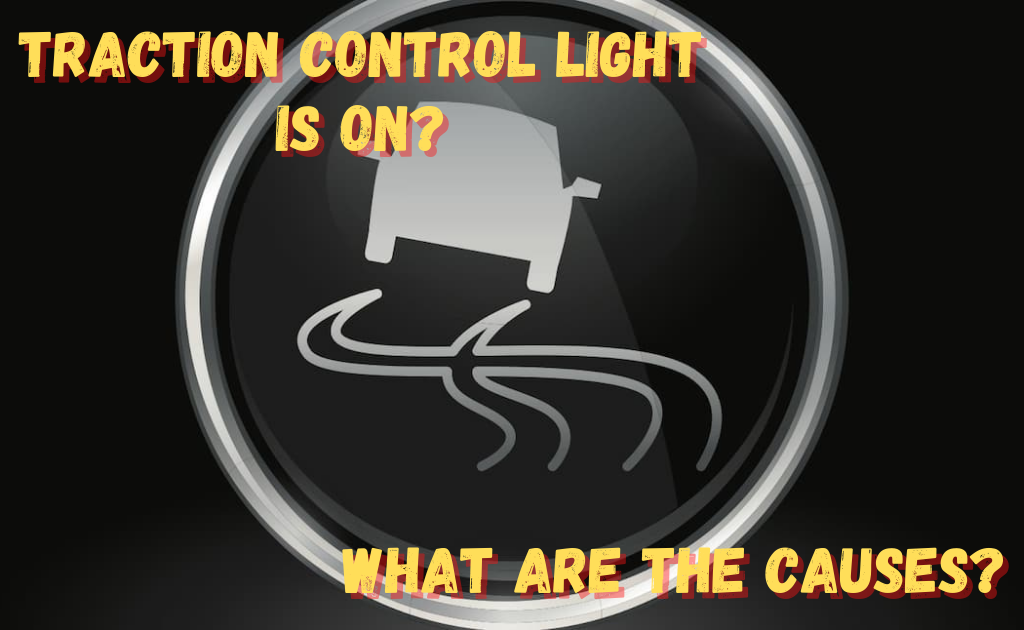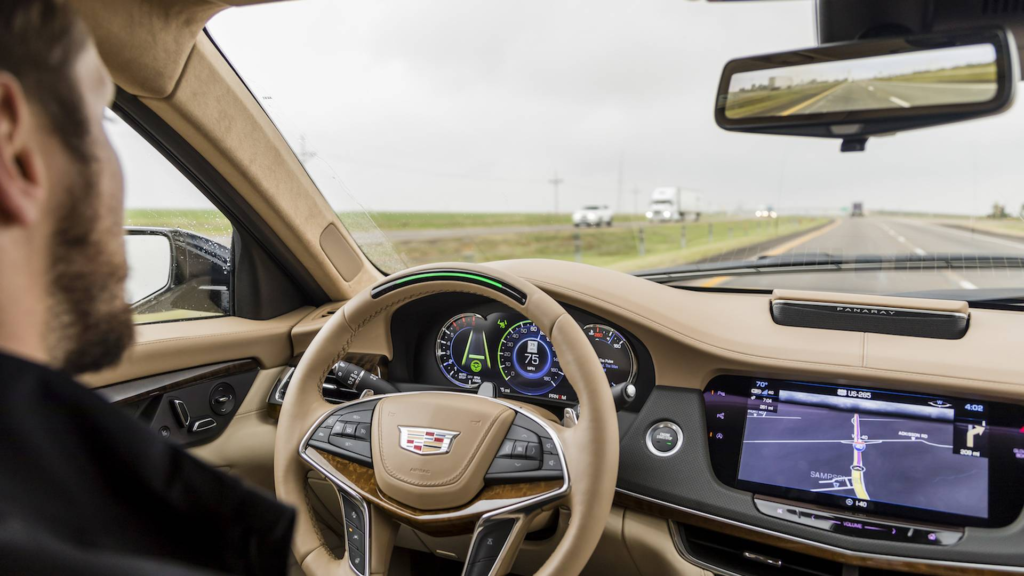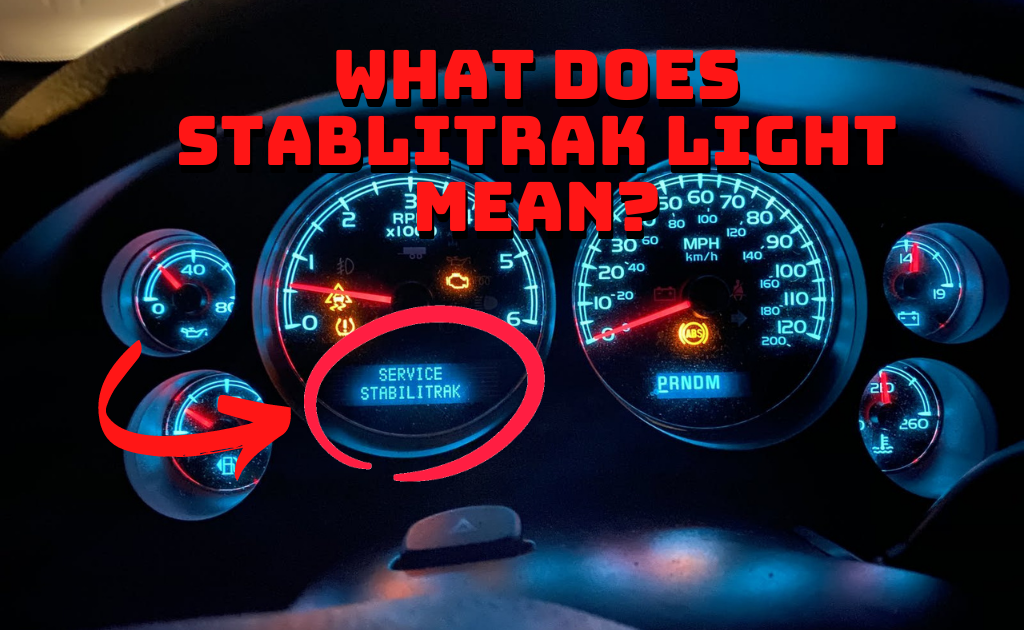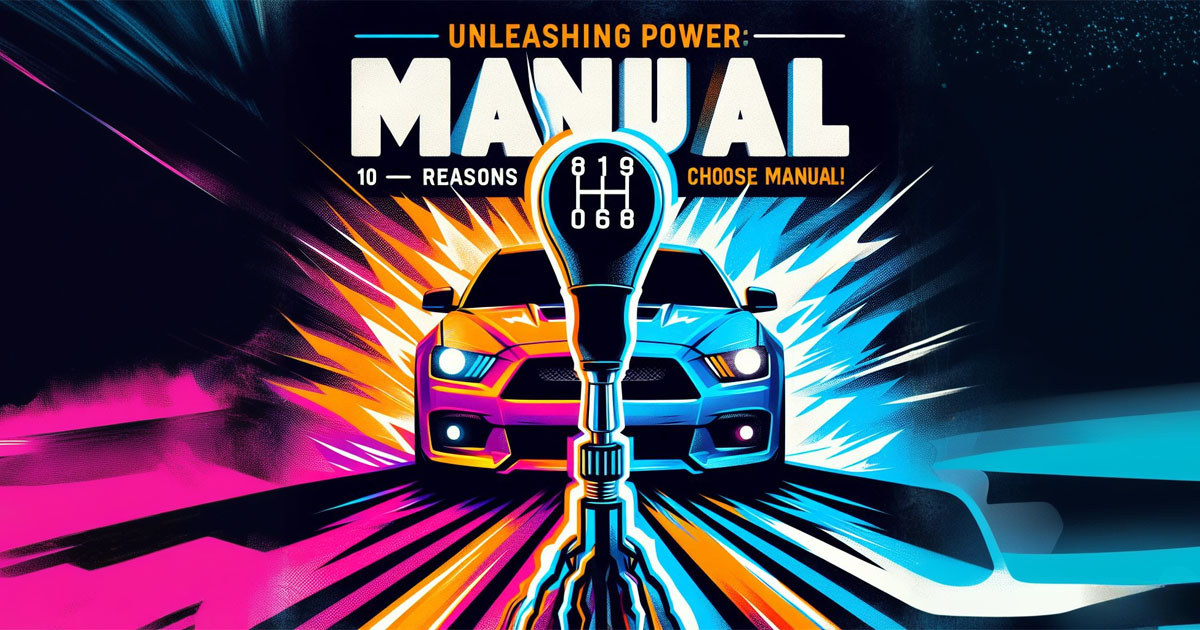
There’s nothing more disconcerting than a light coming on in your car’s dashboard while you’re driving. Any warning light on your dashboard is worth paying attention to because it could indicate a serious issue with your car if ignored. For instance, if your car’s check-engine light comes on, the computer will generate codes that your mechanic can use to figure out exactly which parts need replacing.
What Does Traction Control Light Mean?
In order to safeguard your vehicle and the safety of everyone on the road, you should be familiar with the possible meanings of any ABS or traction control warning lights. A properly functioning system may simply indicate that the TCL is lit up if the situation calls for it.
In slippery, wet, or windy conditions, the traction-control system is programmed to prevent the vehicle from skidding out of control. Hydroplaning and skidding off the road are both possible without traction control.

Your vehicle’s traction control system kicks in whenever one or more tires lose traction and redistributes the engine’s torque to the remaining tires. It is safe to keep going in the right direction after this power shift has taken place.
These days, stability control is standard on many vehicles. In a similar manner, stability control makes use of ABS. Even if you lose control of the vehicle due to slick pavement, this system will keep it pointed in the desired direction. The interdependence of these two systems means that problems with either are likely to affect the other.
Why is my Traction Control Light On?
When driving in hazardous conditions, the TCL will activate to ensure that your tires maintain traction. You can rest assured that it is functioning normally if it briefly turns on and off or begins to flicker when driving on icy roads.
Frequent On and Off
However, if your TCL activates in normal driving conditions, something is wrong. The light that flashes on and off frequently may indicate that the system is “hard coded” or is failing. Possible culprits include faulty wheel-speed sensors (which are supposed to warn your car’s computer of a possible loss of traction) or an issue with the traction-control system’s electronic brain. Be cautious in inclement weather if you notice a blinking TCL, as this could indicate that the system isn’t functioning properly.
TCL won’t Turn Off
The system may have been deactivated if the TCL lights up and stays on without blinking. When that happens, your car’s computer won’t be able to detect a loss of traction and warn you. It’s fine to drive without the traction-control system engaged in dry conditions, but if there’s any chance of encountering slippery roads, you should definitely engage it.
Common Causes Why Your Traction Control Light Is On
If you have been having any of these issues and your dashboard light has been on, it’s possible that your ABS is malfunctioning. If you want to keep driving safely and conveniently, you should get this checked out and fixed as soon as possible. Some common causes of your malfunctioning traction light could be:

1. Wheel Speed Sensor Failure
Most of the time, faulty wheel speed sensors are to blame when your car’s traction control system is at fault. Because the system relies on constant signal transmission from the sensors, you must ensure that they are operational at all times. If a tire fails, the computer will not be able to determine its speed and will react as if you had lost traction.
Replacement Cost
According to Repairpal, the typical price tag for replacing a speed sensor in the wheels is $251 and is between $201. It’s estimated that you’ll spend between $62 and $78 on labor and $139 and $172 on materials. Note that this range does not take into account your specific vehicle or location and that all applicable taxes and fees are assumed.
2. Steering Sensor Issues
Similarly, if your steering sensor fails, you may experience this problem. This mechanism determines the intended direction of travel based on the current steering angle and the rate of rotation. When this component fails, the vehicle has no idea what direction it is moving in, which causes the traction control indicator to light up.
Replacement Cost
Replacing a steering angle sensor will typically cost anywhere from $120 to $550. The price of the sensor itself can range from $50 to $400, while labor will add another $70 to $150 to the total.
3. Wire Damage
The traction control warning light can also come on if any of the wires that measure speed have been damaged. Because of how close these wires are to a car’s chassis, this kind of damage occurs much more frequently than you might think. Typically, the speed sensor itself must be replaced if the wiring is damaged.
Fixing Cost
There is no predicted cost for this. The money needed to repair a vehicle is proportional to its complexity and the number of wires involved.
4. Faulty Anti-lock Braking System
Many of the components used in both the anti-lock brake system and the traction control system are interchangeable. Because of this, the traction control warning light could come on if there is a problem with your anti-lock brakes. In this situation, both the TCS and ABS warning lights will probably come on.
Replacement Cost
Replacing an ABS control module typically costs between $943 and $984. The price of labor is estimated between $104 and $131, while the price of parts is between $838 and $853.
Have a look at this video that shows how to replace the ABS sensor by yourself.
5. TCS Needs Reprogramming
It may be as simple as resetting the system if the traction control indicator lights up unexpectedly. For some unknown reason, this keeps happening. It was a random event.
Fixing Cost
DIY alterations to a TCS system are limited. If this is the case, unfortunately, you’ll need to have it checked out by a professional mechanic, and the cost will vary.
6. Faulty Yaw Sensor
Specialized yaw sensors are used in today’s traction control systems that also include integrated stability control. The purpose of these sensors is to precisely record the angle at which a vehicle is tilted with respect to its vertical axis. The software that controls a vehicle uses this data to predict and prevent skids and rollovers. However, over time, these sensors can fail, resulting in the traction control light coming on.
Replacement Cost
Yaw sensor replacement typically costs between $703 and $727. The price of labor is estimated between $91 and $115, and the cost of materials is $612.
7. Defective Modules
In extremely unusual circumstances, a malfunction in the traction control module of a vehicle can trigger the activation of the corresponding warning indicator. It’s important to note, though, that this type of problem arises much less frequently than the other possible causes listed above. A faulty sensor is much more likely to be discovered than a faulty system module.
8. Steering Rack Failure
An integral component of your vehicle’s power steering system, the steering rack is located in close proximity to the steering wheel. It’s where the high-pressure hydraulic fluid flows into that makes turning the wheel so simple. Having easy-to-maneuver steering is a key component of good traction.
Steering will be more challenging on rough terrain if your vehicle has a faulty steering rack. You may see the traction control warning light come on as a result.
Replacement Cost
Depending on the year, make, and model of your vehicle, the cost of a new steering rack can vary from around $100 to $500.
Why You Should Not Ignore Your Tracking Control Lights
The indicators on your car’s dashboard aren’t there to be a pain. Your car’s central computer is constantly scanning for issues that could lead to breakdowns or damage. The warning lights on your dashboard let you know about these possible problems.

Some of them serve merely as reminders to perform routine maintenance, such as the oil change indicator. However, others, such as the “check engine” light, indicate the presence of a potential problem that needs immediate attention.
Whenever you take your car in for maintenance, the mechanic will run a diagnostic scan to determine the specific component that has malfunctioned and needs to be fixed. They can then fix or replace the broken part based on the results of their investigation.
FAQs
Can I drive with the traction control light on?
In most cases, it is fine to drive with the traction control light on, but there are exceptions. All of your brakes may be compromised if the traction control light, anti-lock braking system light, and red brake warning light are all illuminated.
How much does it cost to fix traction control?
According to Repairsmith, the cost to replace a traction switch is typically between $111 and $125. Costs range from $57 to $81 for labor and $54 for parts. The replacement of a wheel speed sensor is estimated to cost between $208 and $250. This price range takes into account both labor costs ($62 – $78) and the cost of necessary parts ($146 – $177).
Where is the traction control sensor located?
It may be built into the ABS control module or housed in the vehicle’s engine compartment. The traction control module of some vehicles is concealed within the cabin, while in others, it is in the trunk.
Conclusion
If the traction control warning light comes on on your dashboard, you should get your car checked out as soon as possible, regardless of the symptoms you’re experiencing. Important to the smooth operation of your vehicle and to your own and other drivers’ safety on the road are the brakes and traction control system.




